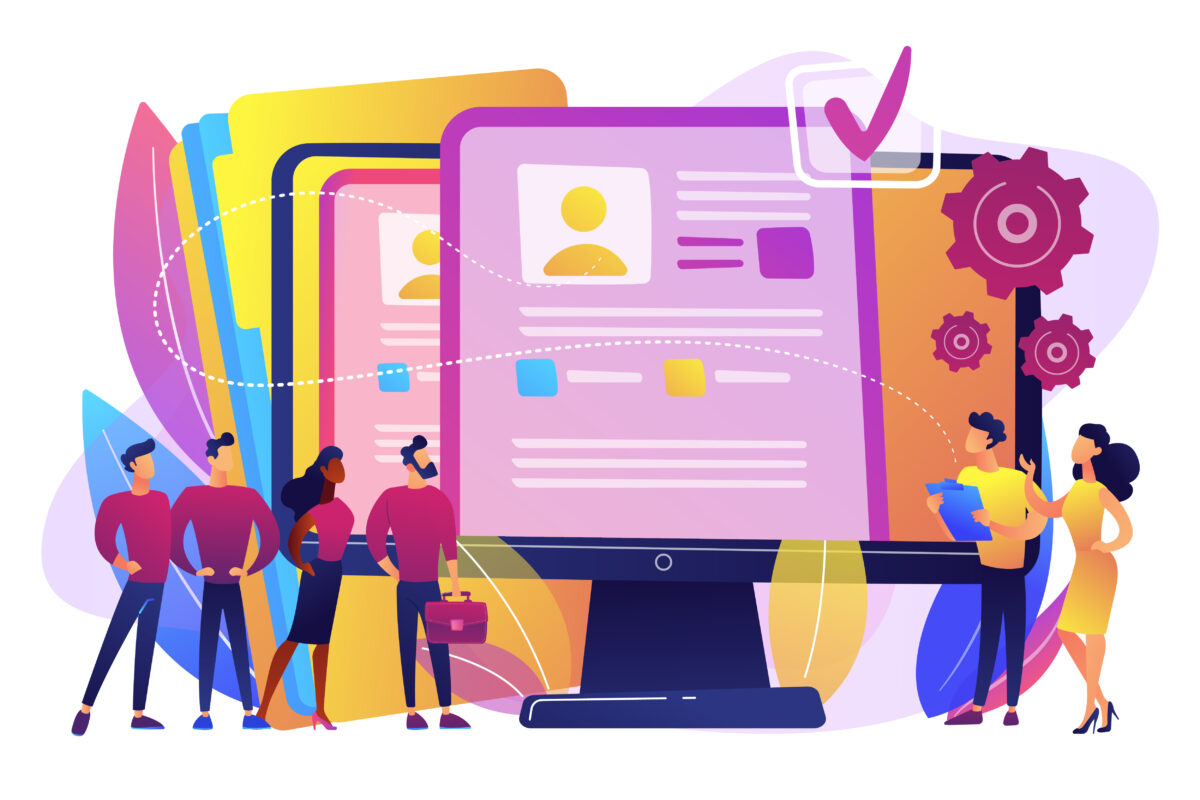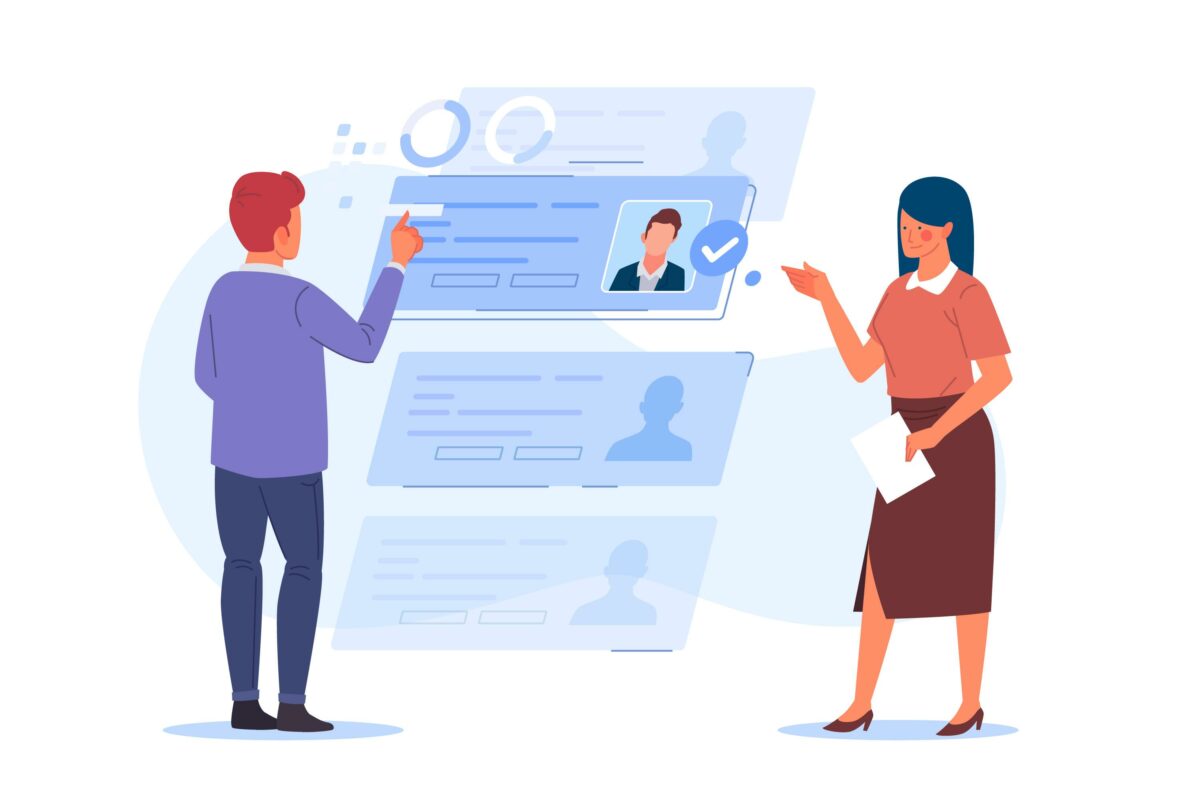To any organization, humans are the most valuable “assets” that can make or break a business, and businesses of all sizes are encountering one of the most common human resources issues – the high voluntary employee turnover. The high staff turnover rate straightforwardly influences the overall company revenue and profitability in multiple aspects, and it will certainly result in a number of consequences, such as unstable manpower, high recruitment costs, low employee morale, poor productivity, and so on. Therefore, employers who seek to overcome this challenge have to take action in order to retain their employees or end up struggling with an inevitable chain of financial losses.
Perhaps you do not know that it costs an employer an average of 33% of an employee’s yearly salary to replace one single employee. And as stated in Fortune Magazine, 87% of employers consent to the fact that increasing employee retention is a must in their human resource management strategy. Obviously, it is no secret that retaining employees is the only way to solve this problem, but the question here is how?
Why Do Employees “Abandon” Your Company?
Before employers can figure out the proper solutions to the high staff turnover rates, they’d better understand the reasons why the employees tend to leave their organizations first. The reasons are many, and they vary depending on the company’s culture, benefits, salary ranges, and more. Since money is no longer the only concern of workers nowadays, they tend to have several motives to quit one company for another better. Here are some common reasons:
- Inadequate Compensation & Benefits: This is the top priority of any worker. In 2021, 63% of workers claimed that they decided to quit jobs mainly because of the low pay, and 48% admitted to doing so due to inappropriate health insurance and other flexible benefits.
- Poor Working Conditions: The employees are not happy if the working conditions are not up to the basic standard, not to mention their being bad. These encompass all the facilities the companies offer their employees. And guess what? They can walk away from their jobs just because of that.
- Toxic Work Environment: Can toxicity make your employees “run away”? No doubt about it. A toxic work environment can cause several negative effects on workers physically and mentally. And that’s why 12% of workers would rather leave their jobs than suffer from that.
- Poor Leadership: 57% of employees quit their jobs because of their bosses. This partially explains why it is common to say that people leave managers, not companies. Therefore, the roles of leadership are extremely important, which can build and inspire a team or tear it apart.
- Limited Career Advancement Opportunities: Nobody wants to waste time on a dead-end career path, and a company with few opportunities for development will be the last choice on a worker’s priority. A study by Harvard Business Review shows that 22% of employees have a tendency to leave their jobs if the companies do not offer them enough space to develop and grow to higher positions.
- No Work-life Balance: This is also one of the main reasons why employees “take off” from your company. The balance between working and relaxing time is critical for workers to rest and recharge, and the long-term imbalance will be a big minus for your company from the employees’ point of view.
- Lack of Recognition: Businesses, especially the small-sized ones, often overlook without knowing that it can affect the staff turnover rates considerably. 69% of employees admit that they will work harder if they feel appreciated.
How to Retain Employees Better? – 8 Useful Strategies
A study by Northern Illinois University indicated that companies with good employee retention rates make four times more profits than those with high turnover rates. And to gain such a competitive edge for your business, you need to have good strategies to cater to your employee experience. Based on the common reasons why employees decide to leave a company outlined above, businesses can come up with proper ideas of their own to build strategies to retain employees or feel free to take these recommendations into account:
Employee Onboarding Procedure Needs to Be Good
When we mention retaining employees, most employers tend to forget about their new hires. You should know that the newcomers are one of the great sources of motivation for the current staff, so make sure you welcome them onboard warmly. In fact, the onboarding process plays a vital role in employee retention as it can shape their first impression of your company. Therefore, businesses should take care of the small details to make sure that new hires feel comfortable and motivated from the get-go. Consider our 17 great onboarding ideas to build a process that can impress your new staff.
Pay Proper Attention to Employee Rewards & Recognition
As mentioned previously, if the salary comes first, then the rewards and recognition will be the things that employees come after as their second priority. Employers should encourage a workplace where good performers are rewarded and recognized worthily. This way, you can not only motivate their employees to work harder but also make them more likely to stay with you for a longer period, reducing the turnover rates eventually.
Create a Happy & Healthy Workplace Culture
In contrast to a toxic work environment, a healthy and balanced environment will engage your employees better and make them more joyful and willing to stick to the company longer. Although it is easier said than done, there are some useful things you can actually do to improve the atmosphere at work and stick people together, such as holding team-building activities, happy hours, games, courses, parties, etc.
Foster a Good Relationship Between Employers & Employees
The relationship between employers and employees is critical. Therefore, businesses should focus on creating an open and friendly environment in the workplace to ensure that their employees are able to speak up and be heard. Mutual understanding and communication will break down the barriers between employees, their bosses, and the employers too. In order to achieve that, effective human resource communication is one of the keys. Assess the communication within your organization now and find out where to maintain and where to improve.
Guarantee Work-life Balance Culture
Do not turn your company into a “battleground” where employees suffer from work more than enjoy it. Instead, as an employer, you should encourage your employees to have a life outside the workplace by offering flexible working hours, no disturbance after work or at the weekend, minimizing overtime work, etc. By evening the scale between workplace and personal life, you will give employees the comfort they need to live happily and work productively at the same time. This will eventually help you to reduce the turnover rates. Of course, there will be no absolute work-life balance, but at least you can maintain it at some level. There are some common myths about work-life balance that both employers and employees should be aware of.
Set Clear Career Paths for Your Employees & Give Them Opportunities to Grow
It is crucial for employers to give their staff a clear sense of direction and purpose. Above all the benefits, employees tend to aim higher to get promotions to better positions in time, and a company that enables employees to advance in their career paths can make them linger on. That’s why employers should assign the line managers to craft clear career paths for each team member from the beginning and empower them to challenge themselves with new roles and responsibilities. Keep in my that if working is too cushy and easy, your employees will get bored, and they will be more easily attracted by something new and challenging. Giving them a target to reach and motivation to reach new heights will be a good way to keep them stay with you longer. You can offer training courses to help your staff learn and grow or empower your top performers to share their knowledge and experience with others in the company.
Prioritize Your In-house Staff First Before Recruiting Someone Outside
By this, we mean internal talent mobility or internal recruitment. When there are some vacancies, you need to fill within your organization, you should think of your current employees first, especially those who intend to quit. By offering the new opportunities for the right people in-house, you can give them one more chance to stay. Of course, there will be a possibility that they will reject your offers, but it is better to try rather than do nothing but watch your top talent walk out the door. Moreover, hiring internal talent is also a good way to show your current employees that there will always be good positions and opportunities for good ones within your company, so your staff will reconsider their decisions every time they think about leaving.
Track Your Company’s Employee Satisfaction
Last but not least, it is also significant to check your employee satisfaction frequently per month, quarter, or year up to your needs. You can do this by using some reliable employee satisfaction surveys like bravoSURVEYS, or you can simply ask your employees directly about their jobs, salary, career paths, etc., in meetings or performance reviews. Based on the insights you gain, you can continuously improve your strategies for retaining employees as your business grows.







